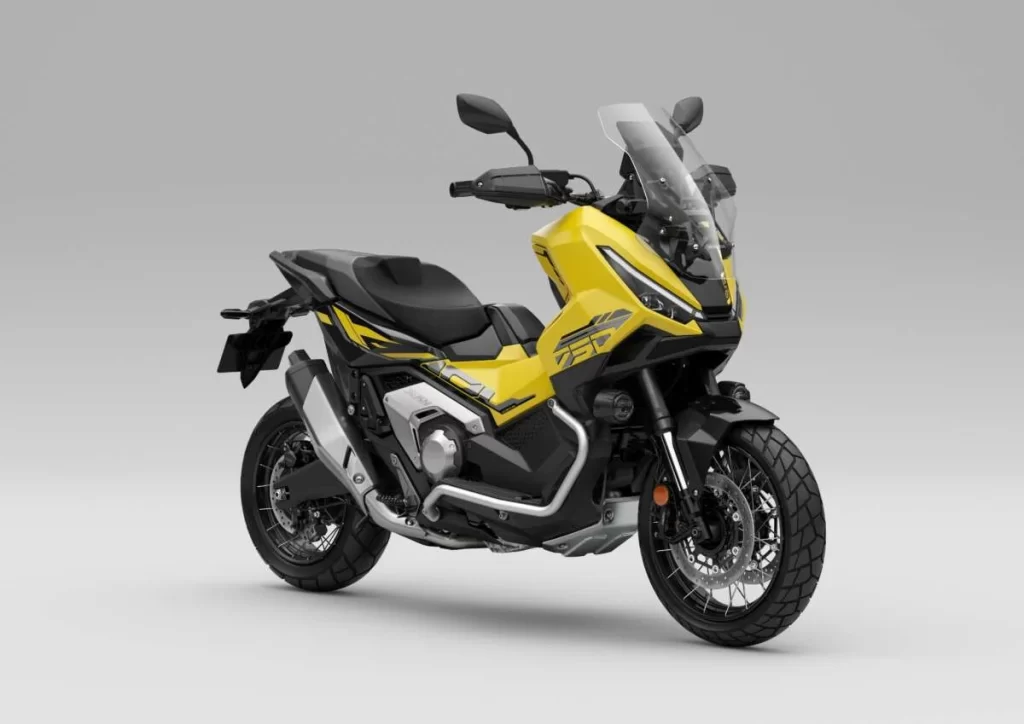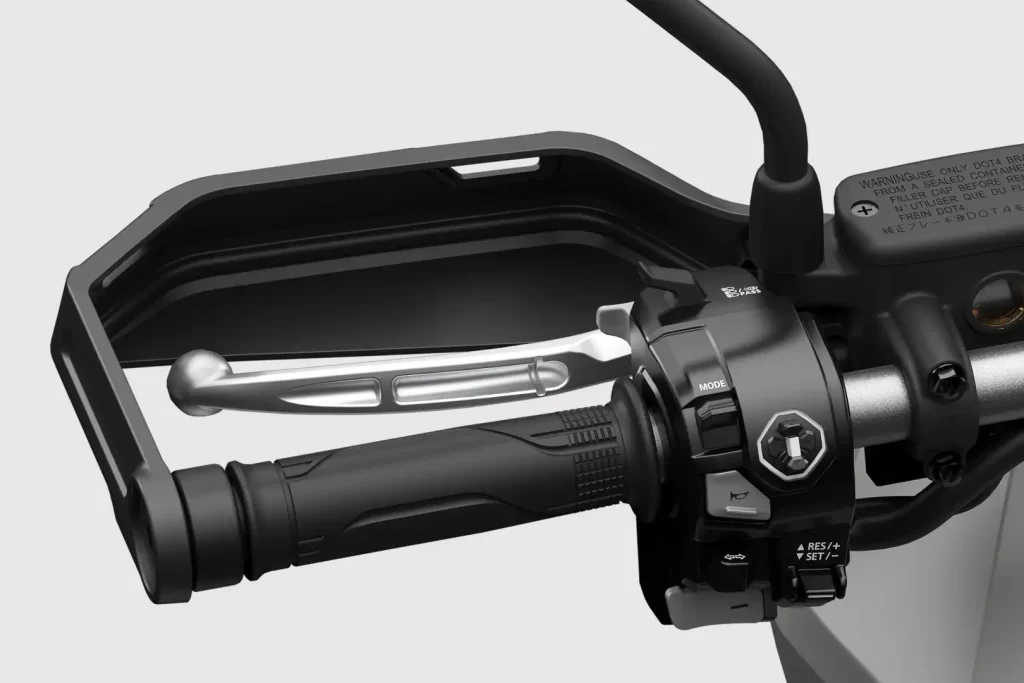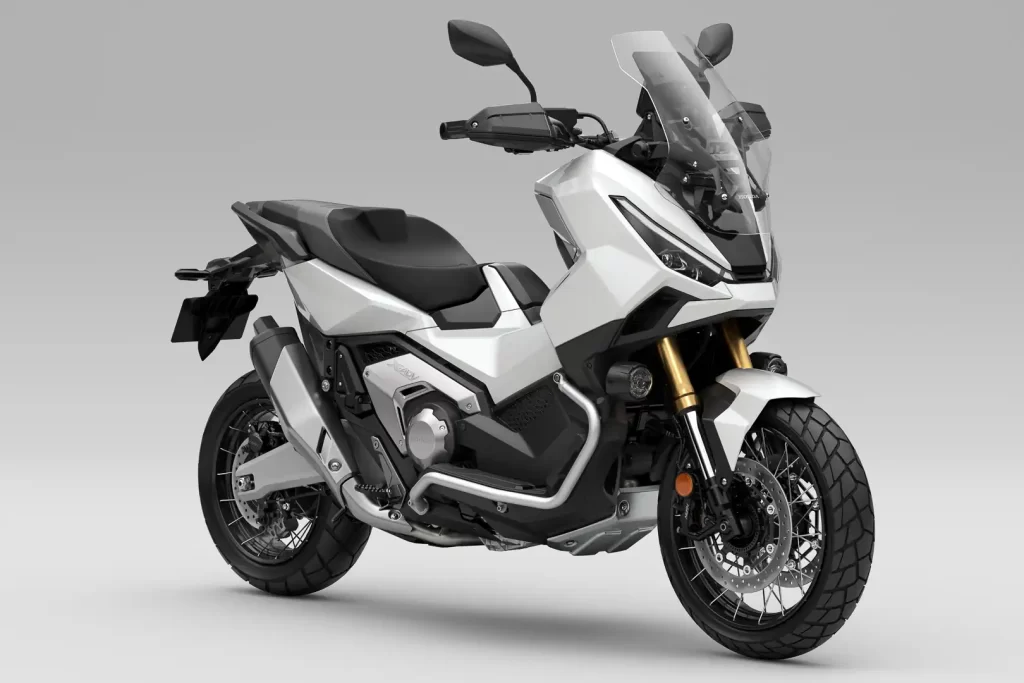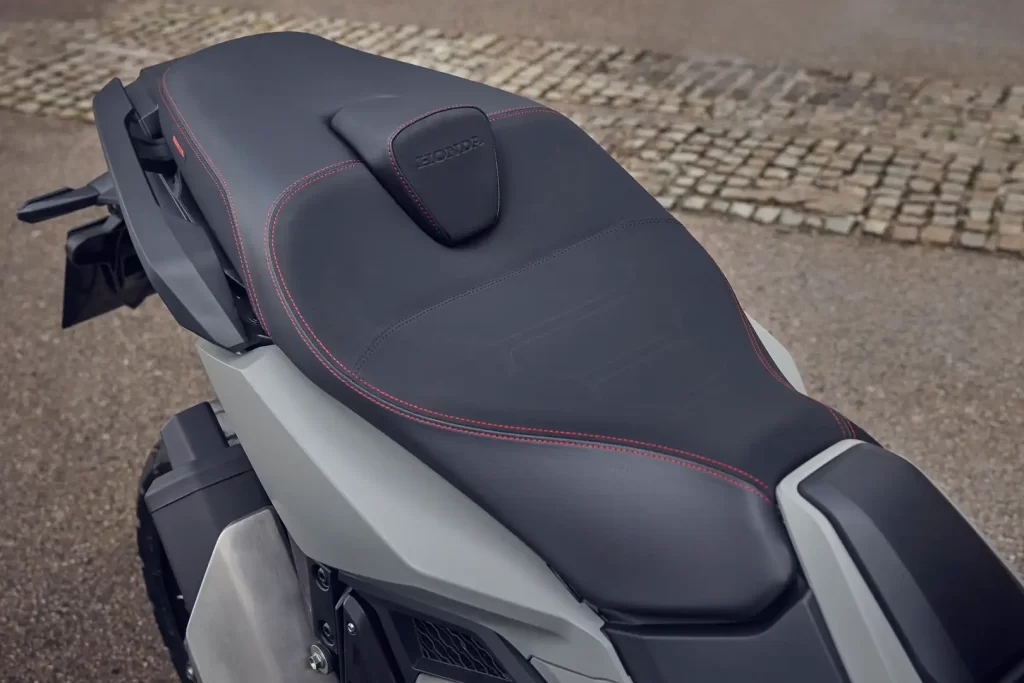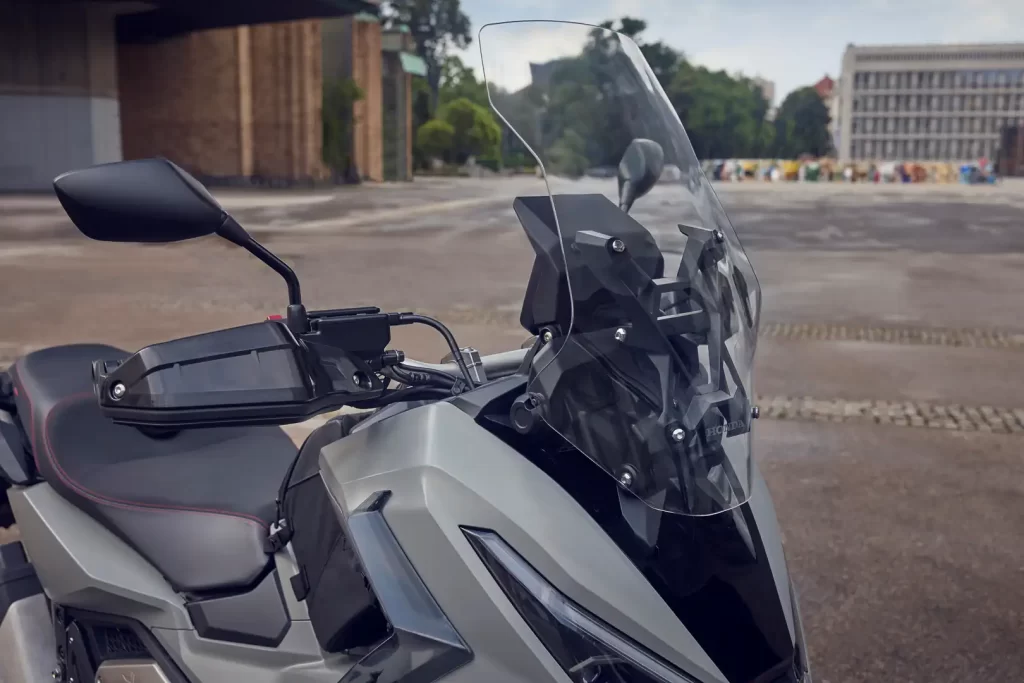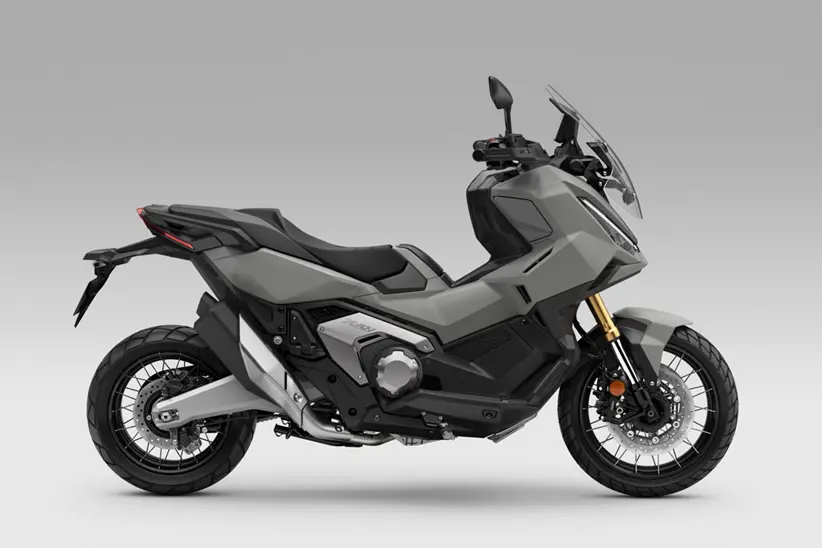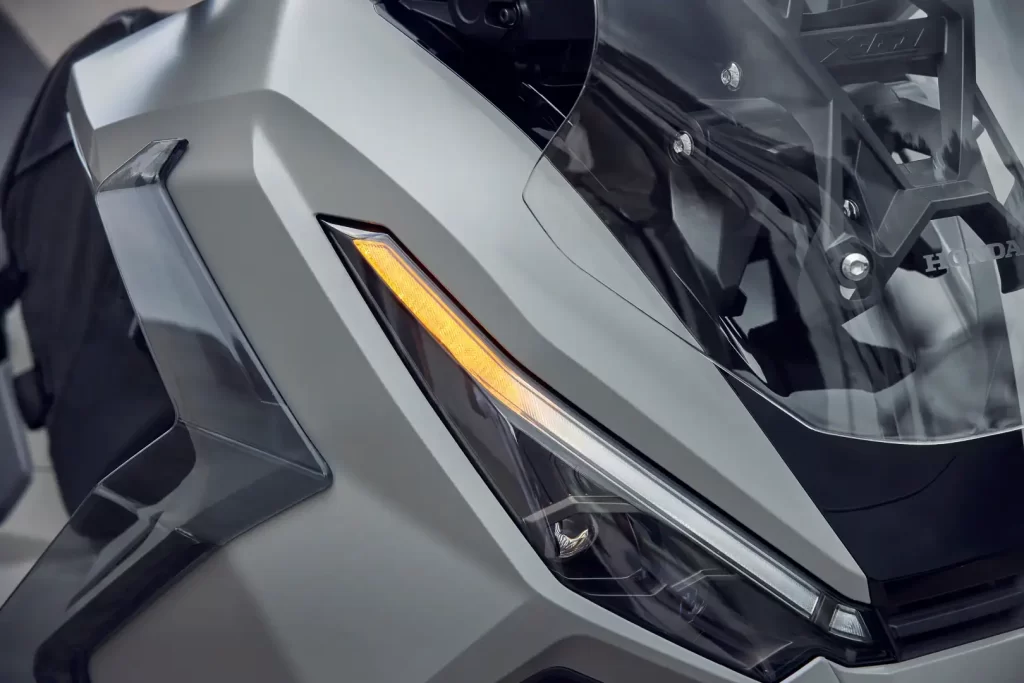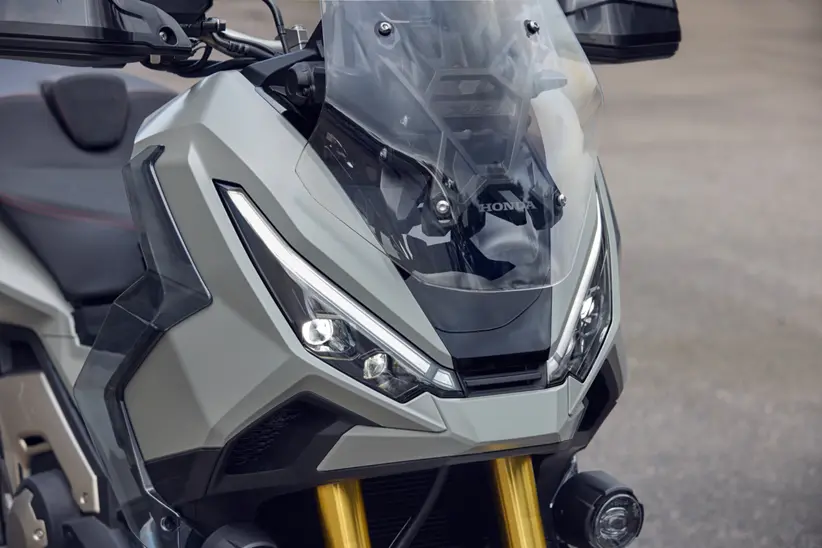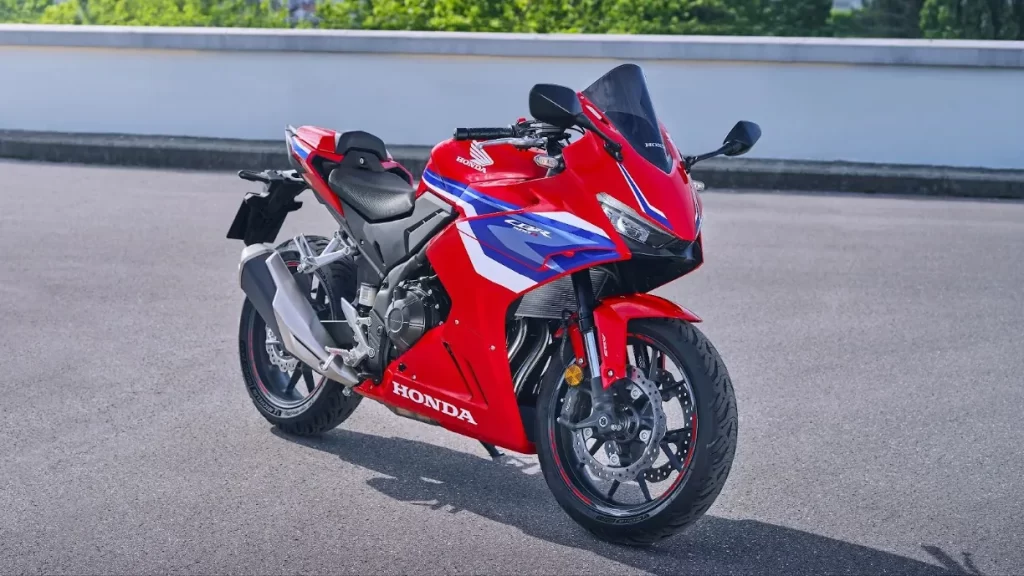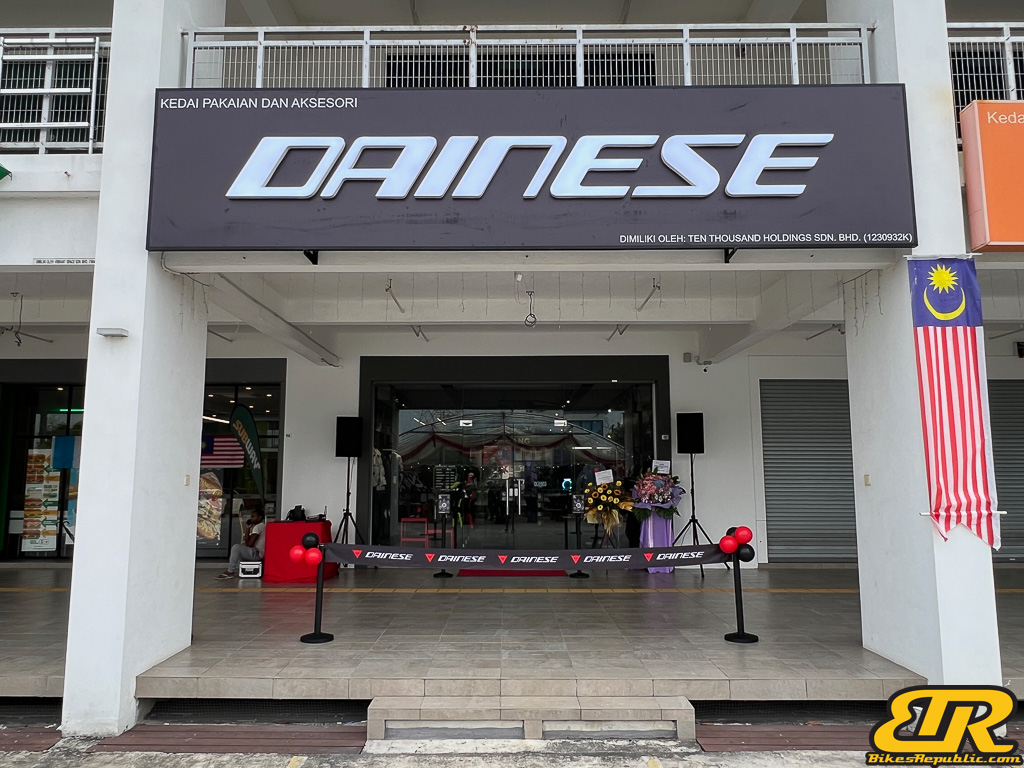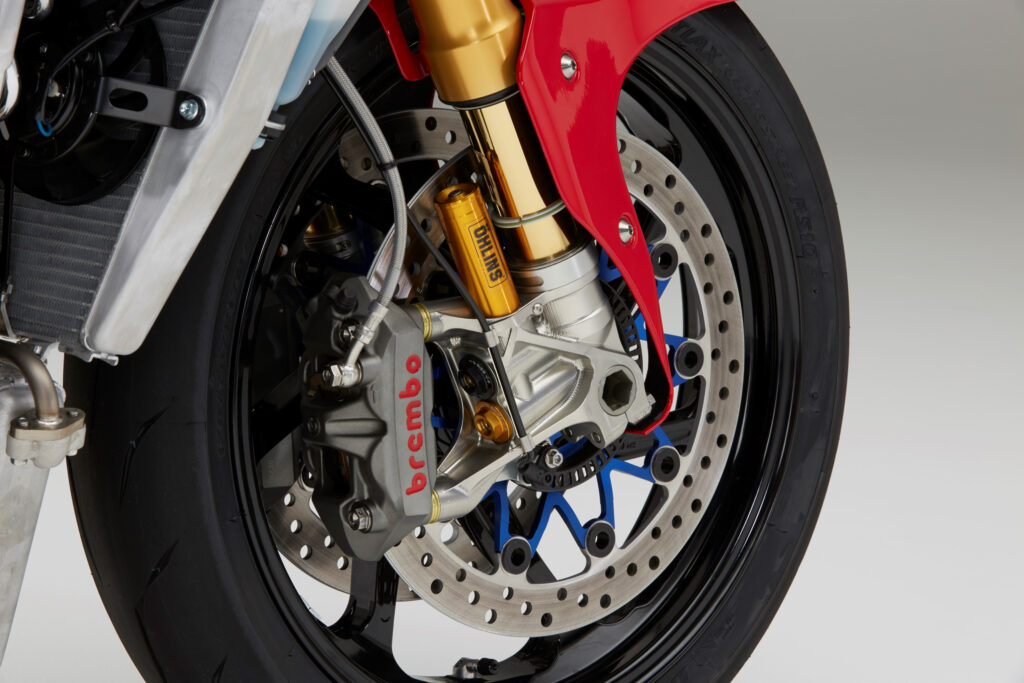The motorcycle’s air filter is another oft-neglected component. One can pick any motorcycle of age, open the airbox and find a filter that is totally caked in dust and bugs! And it is amusing to hear the owners lament that their motorcycles have “lost power.”

There are several brands of aftermarket air filters in the market; of some we have tried and discovered that some were good, while some were not so much. But there is one brand we have came to like and trust, called DNA High Performance Filters.
DNA are based in Greece and their filters are of very high quality. Each piece is inspected before being packed and there are models available for almost every motorcycle in the market.
What does the air filter do?
Its task is as essential as it is simple: To filter the intake air before it is inducted into the engine, ensuring that the air free of dust, water, and other objects that will damage the throttle bodies/carburettor, and engine. In saying so, DO NOT operate your motorcycle without an air filter – even race bikes use air filters!
“DO NOT operate your motorcycle without an air filter!”
A clean air filter allows for smooth airflow which in turn results in efficient fuel combustion. The mass airflow (MAF) sensor of EFI-equipped motorcycles sits between the filter and throttle body/bodies and measures the amount of air coming through. The engine’s ECU uses this data to inject the corresponding amount of fuel. Thus, low airflow will cause the incorrect amount of fuel being injected, hence causing a drop in engine performance.

But, the engine’s ECU can only be flexible to a certain degree. So, the insufficient airflow will also cause incomplete fuel combustion, therefore increasing relative fuel consumption.
Also, a blocked filter will cause abrupt throttle response. Air has density, hence momentum i.e. a body at rest tends to stay at rest, while a body that is moving tends to keep moving. As such, you may find that the engine is slow to respond when you first open the throttle, then it suddenly revs up quickly. That is not ideal especially for balancing your throttle input in mid-corner!
Advantages of using an aftermarket air filter
Stock air filters are typically made of foam or paper for particulate filtration.
Sure enough, there are aftermarket filters use the same materials. However, good aftermarket filters such as DNA use oiled cotton as the filter material.
Better Airflow
This is the main advantage over OEM filters is better airflow due to the material. This feature causes many other performance benefits (more on this below). The cotton gauze of a lot of aftermarket filters is highly porous, meaning that it can still block out dirt and other contaminants while allowing maximum airflow.
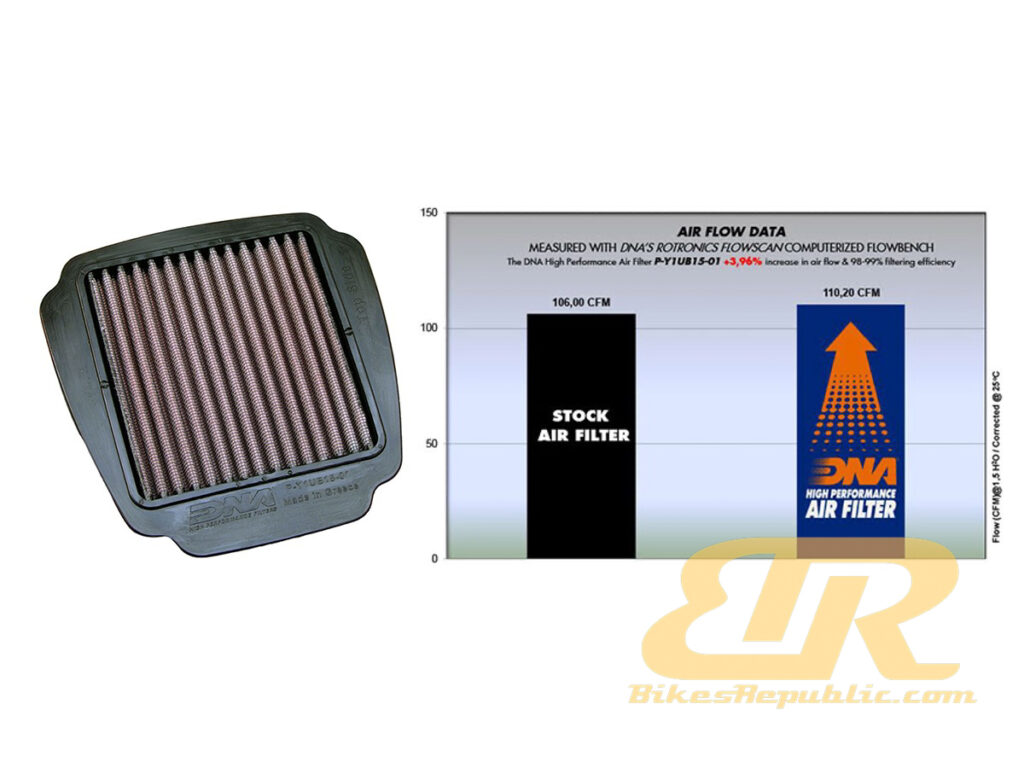
Improved Filtration
By using oil on the gauze, the filter is able to catch all of the dirty elements that may harm your engine. In fact, it is generally even more effective at filtering than paper filters.
Better Engine Protection
Thanks to better filtration, aftermarket air filters offer better engine protection than other stock filters. Since the oiled gauze is able to trap and keep out more dirt and dust than paper filters, your engine will be better protected from the damaging effects of these particulates.
Additionally, in environments with a lot of dust, OEM paper and foam filters will generally need to be replaced quickly. They can easily be clogged up with dust and dirt, which blocks air needed to power your engine.
There are foam aftermarket filters for off-road use but these need to be cleaned more often.
Longer filter lifespan
Aftermarket air filters are typically made to last longer than OEM ones. We know how paper responds to water. Similarly, in our experience, foam OEM filters tend to crumble in our humid environment.
Just make sure you or the garage you visit cleans and oils the aftermarket filter at regular intervals.

Performance benefits of aftermarket air filters
We will not mislead you by telling you that fitting an aftermarket air filter will result in an immediate high level of performance gain. Instead, you will need to recalibrate the ECU to fully exploit the benefits. However, there are several small gains from the outset, from our experience.
Horsepower
One of the reasons why riders may choose to upgrade their air filter is to gain more horsepower. However, this benefit is only noticeable when other recalibrations and modifications are made.
Why does an air filter need other modifications? An air filter simply allows maximum airflow into the engine, but it is the ECU which decides to inject how much fuel. More air plus fuel equals more bang.
Still, modern ECUs do have a wide range of mapping programmed in and are able to account for the extra airflow to a certain degree.
On the other hand, DNA offers several “stages” of air filters for motorcycle owners. for example, there is the “normal” Stage 1, Stage 2 and Stage 3 depending on the level of modification and ECU remapping.
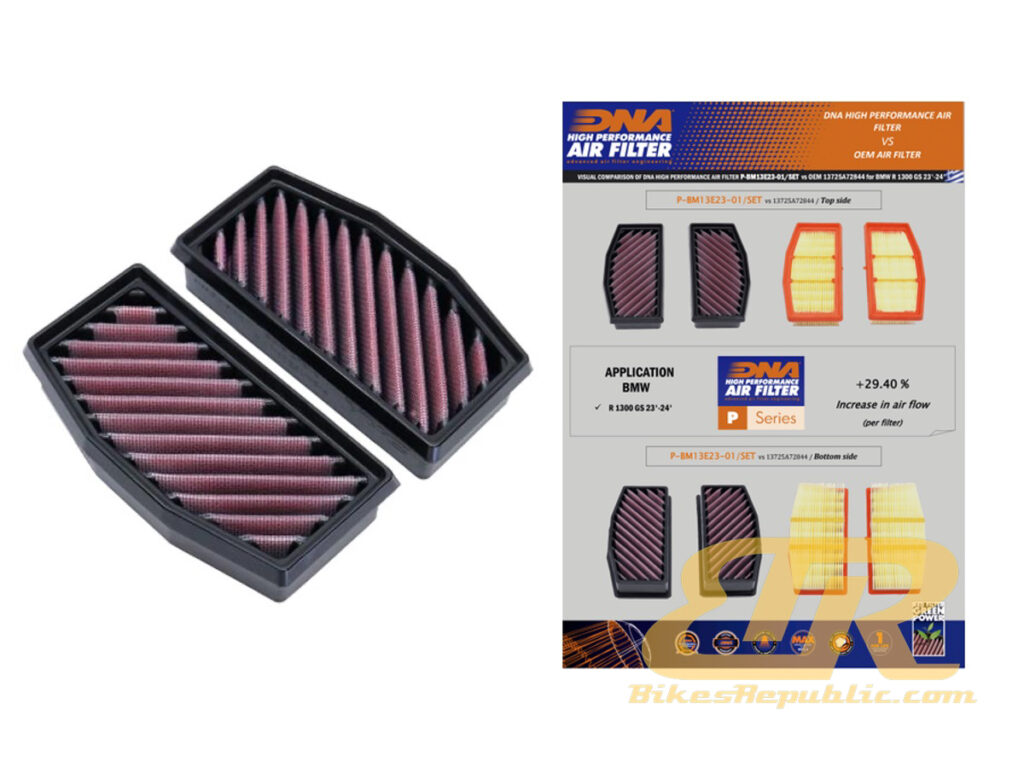
Torque
There is no horsepower without torque. Along with the potential for power increase, an advanced air filter will allow for extra oxygen which in turn results in overall better combustion process which increases torque.
Throttle Response
As we mentioned earlier, a smooth flow of air will let then engine breathe easier. You can certainly feel that the engine has softer response when you install an aftermarket air filter, and the engine will rev much quicker when you snap the throttle open. You will also see smoother torque and horsepower curves should you place the bike on a dyno due to this.
Fuel Efficiency
One of the other main benefits of installing an aftermarket air filter is the improvement in fuel efficiency. When filters do not let in enough clean air, engines have to work overtime to compensate for this loss. This leads to excess fuel consumption.
Our experience with DNA saves between 10% to 20% fuel on different motorcycles compared to when using OEM filters.
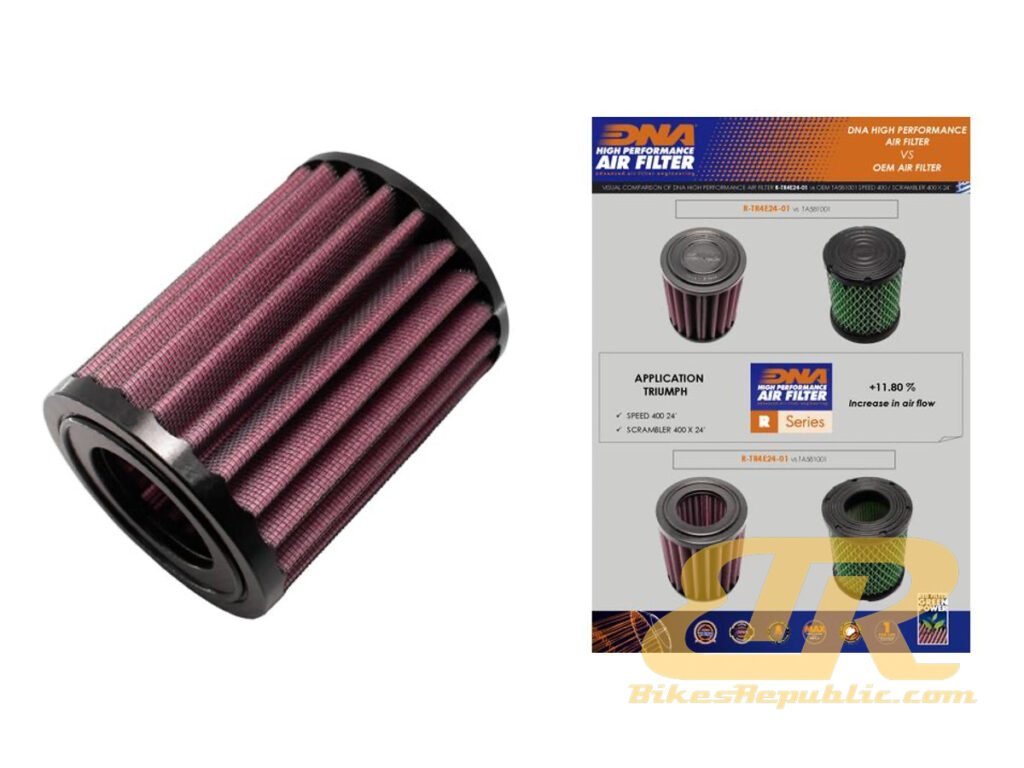
THIS IS NOT A PAID ADVERTISEMENT
































